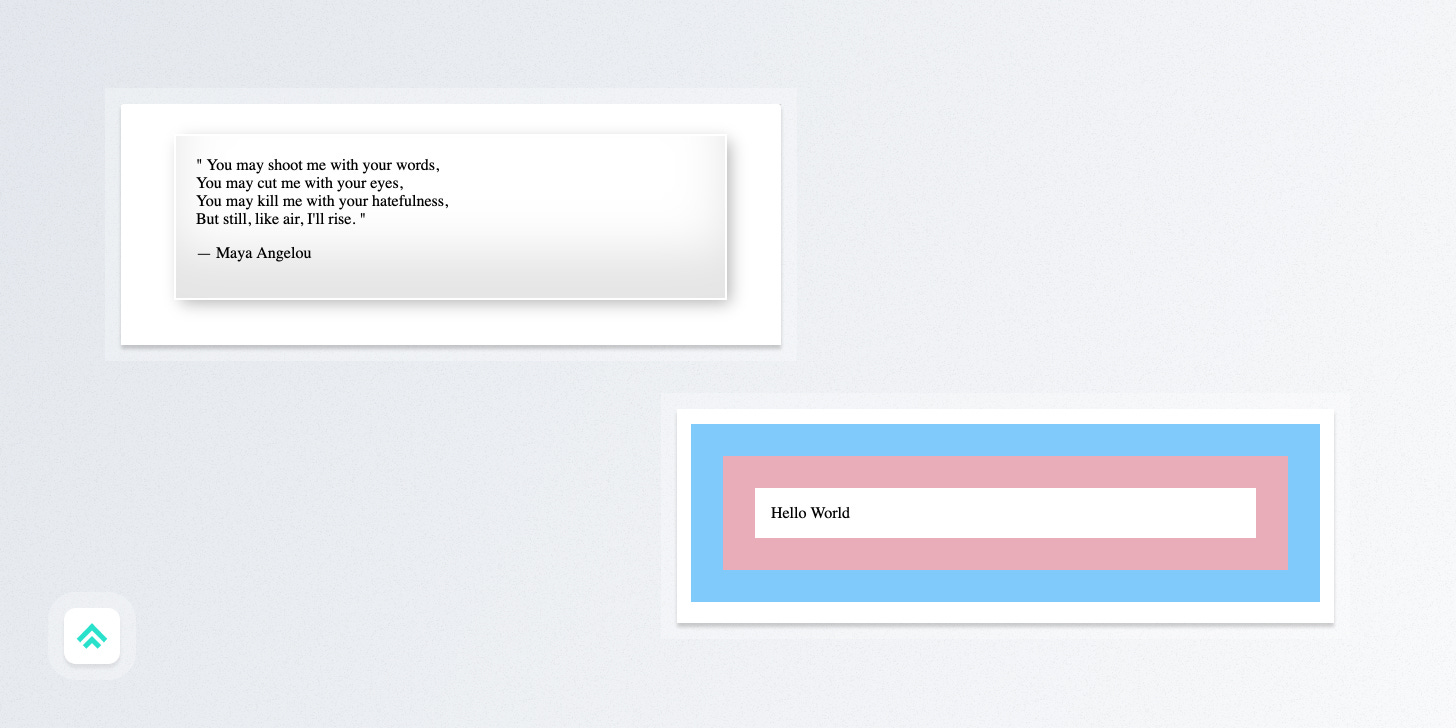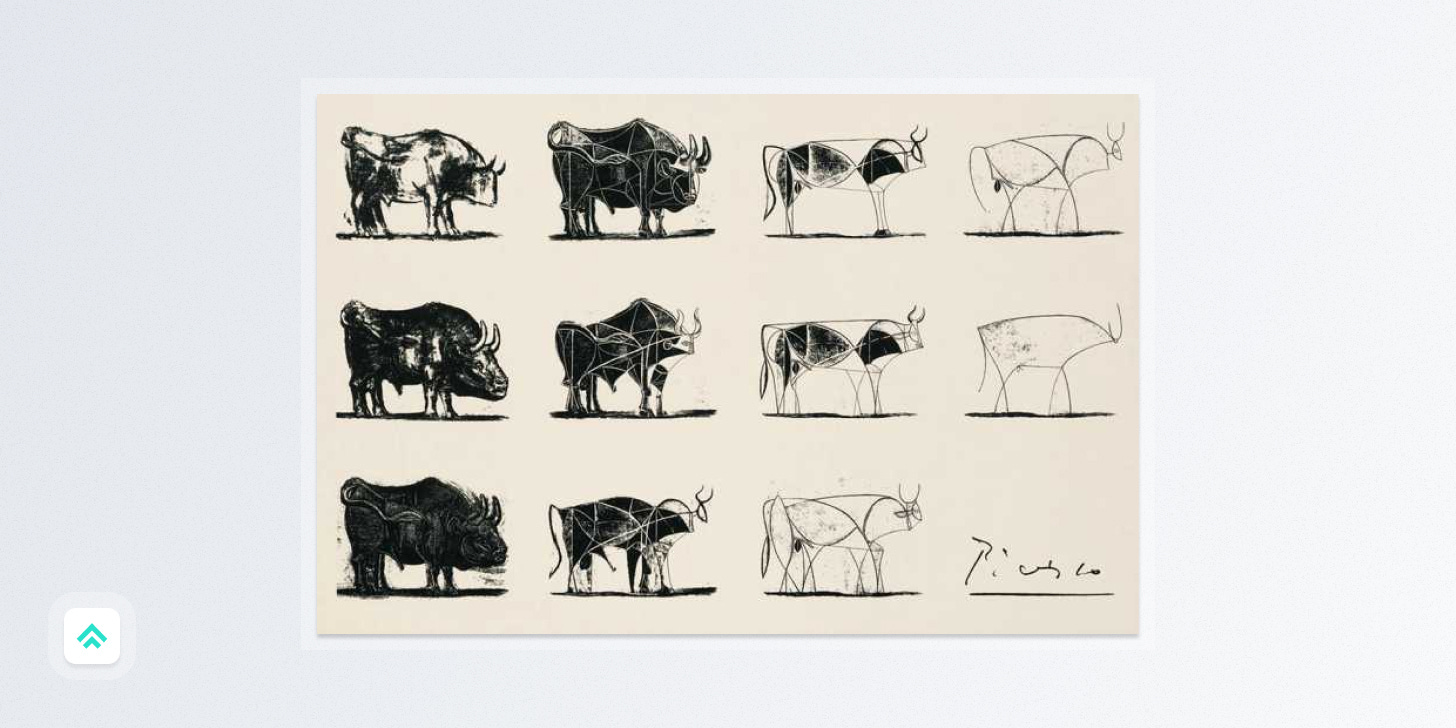The Creative MBA #8
The appeal to novelty, aesthetics, the 7 powers of business, box shadow, and earning the right to abstract
Making the simple complicated is commonplace, making the complicated simple, awesomely simple, that’s creativity.
Intro
Welcome back to Better by Design. The little corner of the internet where we reclaim philosophical tangents, business jargon, and technical rabbit holes as useful tools for building better products. Thanks to all my subscribers for making me feel a little less weird every week. You’re my people! If you haven’t subscribed yet, join 1180+ creative technology people by subscribing here:
Social & Behavioral Science
Appeal to Novelty / Tradition
Last week we introduced the concept of logical fallacies. Then on Monday, we talked through Raymond Loewy’s MAYA rule for finding the balance between the advanced and the acceptable. Now let’s bring those two together.
The appeal to novelty is described as:
“A fallacy in which one prematurely claims that an idea or proposal is correct or superior, exclusively because it is new and modern.”
The appeal to tradition is the opposite:
“Using historical preferences… as evidence that the historical preference is correct… with no other explanation besides, ‘this is the way it has always been done’”
People often play into these two fallacies to sway others because they’re easy and powerful gut reactions. The ongoing tension between novelty and tradition sits at the core of every society, so it comes as no surprise that each side is targeted often.
In the context of designing products, designers often fall victim to the appeal to novelty. Our appetite for novelty is much higher than the average person's and so we’re quick to throw our weight behind something simply because it’s new. On the flip side, established businesses prefer tradition because once a product is in place and selling, making ANY change (even good ones) introduces new risk and additional expense.
Prompts
How might we better recognize our own tendency toward novelty or tradition?
How might we better consider the balance of novelty and tradition when building software?
Resources
Design Principles
Good design is aesthetic (Rams’ Principle 3)
The aesthetic quality of a product is integral to its usefulness because products we use every day affect our person and our well-being. But only well-executed objects can be beautiful.
Ahh, aesthetics. The principle that’s more important than most people understand and less important than designers believe.
If we put ourselves back on the spectrum from novelty to tradition, designers are out on the bleeding edge in terms of their aesthetic preferences relative to most people. So, when you’re creating a product it’s important to note that your aesthetic taste as a designer may not match up with that of your potential customer; a good example of where the design truism “you are not the user” holds up.
What’s tricky is that most people don’t know what their aesthetic taste is or even if they kinda know they don’t have the words to express it (that takes a keen eye and training). However, almost anyone can feel the impact of a good design.
Discussing aesthetic quality is tough in a business context because it’s hard to measure quantitatively and business people hate talking about feelings 🤣. So to make the case for better aesthetics, look to qualitative forms of measurement to help gauge impact. Even if it’s harder to directly measure, the quality of a product influences the well-being of the user and is worth the investment.
Resources
Business
The 7 Powers of Business
I recently read an article by Every cofounder Nathan Baschez called “Why Content is King” about why content businesses are so powerful in the modern digital age.
To highlight their strengths, he built the piece around a framework from Hamilton Helmer called the “7 Powers” which outlines the 7 types of power that businesses can have which enable them to maintain profitability and resist competitive arbitrage.
This is particularly interesting for me, of course, as I’m actively building a business with a content-first approach, but the 7 Powers framework is broadly useful for analyzing business strategy.
In order, Helmer’s 7 powers are:
Scale economies
Network economies
Counter positioning
Switching costs
Branding
Cornered resource
Process power
Rather than rehash them here, I recommend starting by reading Nathan’s piece, then checking out the additional notes on Helmer’s book, and finally going deeper if you feel like you want even more.
Resources
Technology

Box Shadow
So far on the Creative MBA we’ve outlined aspects of the most foundational web design primitives: color, typography, and spacing.
Box shadow builds on top of that foundation (often literally!) by introducing elevation and dimensionality to designs. By elevation, I mean that it creates the effect of an element appearing to lift off the underlying page.
The classic idea of box shadow probably looks something like the top left example in the image above: a blurry dark gradient outside a container. However, you can fine-tune box shadow in a bunch of ways to change the effect. Its main settings include:
Offset-x → Shifts the shadow left or right.
Offset-y → Shifts the shadow up or down.
Blur → Changes the fuzziness of the shadow. A blur of zero appears like a solid border.
Spread → Increases the size of the shadow. A spread of zero is the same size as the element.
Color → Changes the color of the shadow using RGBa notation.
You can also choose to “inset” the shadow, meaning that it will appear inside the box rather than outside (the default). And finally, you can stack multiple box shadows outside of one another (as in the picture above with the pink and blue flat shadows).
Resources
Craft
Earn the right to abstract
Trung Phan wrote a great thread on how Apple uses Picasso’s study of a bull as a lesson for finding the essence of a design.
Across the study’s 11 lithographs, you can see how Picasso gradually abstracts the core forms that cue us into what he’s trying to communicate. It starts in the top left with something lifelike, progresses through a number of geometric breakdowns (that classic Picasso style) and finally becomes a series of simple lines.
This stood out to me as a useful way to think about how to discover what “less, but better” looks like and to find the MAYA balance for a product.
I think any product would struggle to find its legs by reaching immediately for its most abstract form. It’s a worthy vision to have, but since most people aren’t ready for it yet, you need to begin further to the left with something that’s a bit more familiar. As customers acclimate you can gradually evolve the form and refine it to its essence, but you earn that right to abstract, you don’t just take it.
Resources
If you got a little value from this post, consider subscribing, sharing, or following me on Twitter. If you got a lot of value, consider pledging to support my work with a paid subscription in the future. Either way, I appreciate you!






